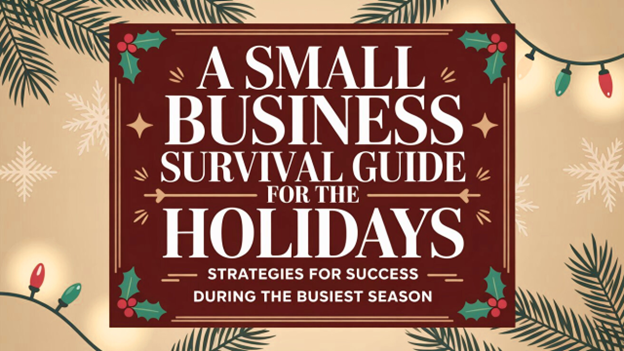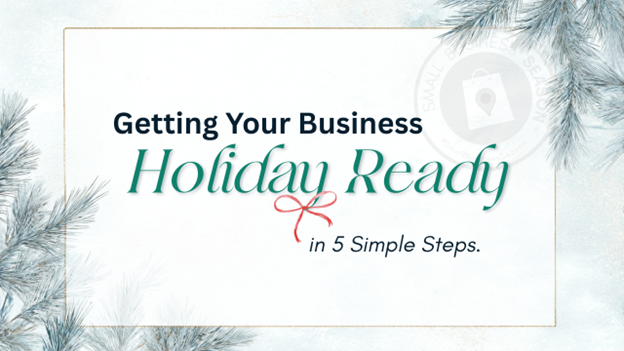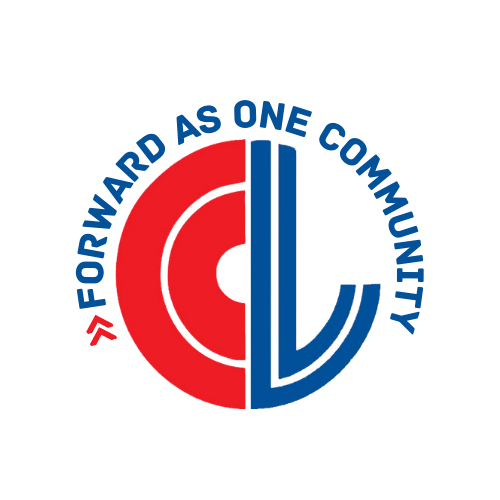Christmas in July: How You Can Sleigh Summer Sales
It may be extraordinarily hot and sunny (at least it is in most parts of the country right now), but it’s also the perfect time to jingle your way to more sales with a Christmas in July promotion. This festive mid-year moment is a golden opportunity to engage customers, clear inventory, and create a buzz—without the stress of December chaos. Plus, it’s becoming more popular over the past couple of years. With Prime Days in July, it’s also quickly becoming a time when buyers are conditioned to expect deals and encouraged to start thinking ahead to the holidays.
With costs up, buying early and spreading out spending (instead of bundling it into one expensive month) is good advice for customers as well. Even if you’re not in retail, you can offer many of these sales pushes to bring customers in.
10 Cool Ideas for Hot Sales
You don’t need elves or a North Pole budget. Best of all, these ideas are fun and will get your audience talking about you.
Here are some easy-to-execute, creative ideas your business can pull off before July melts away:
12 Days of Deals
Turn the rest of the month into a “12 Days of Christmas in July” flash sale. Each day, highlight a new product or service with a limited-time discount or bundle.
Bonus tip: Use social media countdowns and reels to build excitement daily.
Summer Santa Sale
Clear out old inventory with a "Santa's Clearance Sleigh" theme. Decorate with beachy tinsel, offer free “reindeer delivery” (local delivery or free shipping), and dress a staff member like Santa in shades and flip-flops for Instagram gold.
Gift Card Bonus Fest
Offer a free mini gift card with gift card purchases—perfect for summer birthdays or to use later. (Example: Buy a $50 gift card, get a $10 bonus card.)
Host a Mini Christmas Market
If you’re a brick-and-mortar business, invite a few local makers or food vendors to co-host a pop-up “Christmas in July” sidewalk sale. Add festive music, cold cider or (iced) cocoa, and you're in business.
Frozen Favorites or Cool Combos
Restaurants, cafes, and bakeries can create “Frozen North Pole” menus—think peppermint milkshakes, snowflake cupcakes, or Santa sundaes. Pair items for combo pricing: “The Claus Combo” or “Mrs. Claus’s Favorite.”
Run a Holiday Throwback Social Campaign
Invite customers to share their favorite holiday memories or photos for a chance to win a July-exclusive prize. Use hashtags like #ChristmasInJuly or #SantaOnVacation.
Offer ‘Gift Yourself’ Packages
Service-based businesses (salons, spas, coaches) can package their services as self-gift options: “You survived half the year… you deserve a little magic” or “The kids are off for the summer survival kit.”
Host a Virtual Holiday Party
Bring your community together for an online trivia night, ugly tank top contest, or “Hot Cocoa & Chill” movie watch party (featuring a Christmas classic, of course). Offer a discount code during the event to boost real-time sales.
Launch a VIP Pre-Holiday Club
Give your loyal customers early access to limited holiday inventory, deals, or pre-orders starting now. Tease “Christmas in July” as a sneak peek into holiday magic, minus the wait.
Create a “Naughty or Nice” Coupon Draw
Let customers draw a sealed envelope at checkout with a mystery “naughty” (small) or “nice” (bigger!) discount. It’s fun, interactive, and keeps people shopping for a chance at the best deal. Not to mention it’s sure to bring some laughs from their friends as they open.
Make the Holiday Last
Christmas in July may feel hokey, but it’s a great way to get people excited about what’s to come. Cap off your Christmas in July activities with a teaser: “Santa’s headed back to the North Pole… but he’ll be back in December. Make sure you’re on the nice list—sign up for our emails for early holiday deals!” This will bring them back later on in the year and help keep you connected for the next several months.
----------------
Christina Metcalf is a writer and women’s speaker who believes in the power of story. She works with small businesses, chambers of commerce, and business professionals who want to make an impression and grow a loyal customer/member base. She is the author of The Glinda Principle, rediscovering the magic within.
_______________________________________
Medium: @christinametcalf
Facebook: @tellyourstorygetemtalking
Instagram: @christinametcalfauthor
LinkedIn: @christinagsmith




